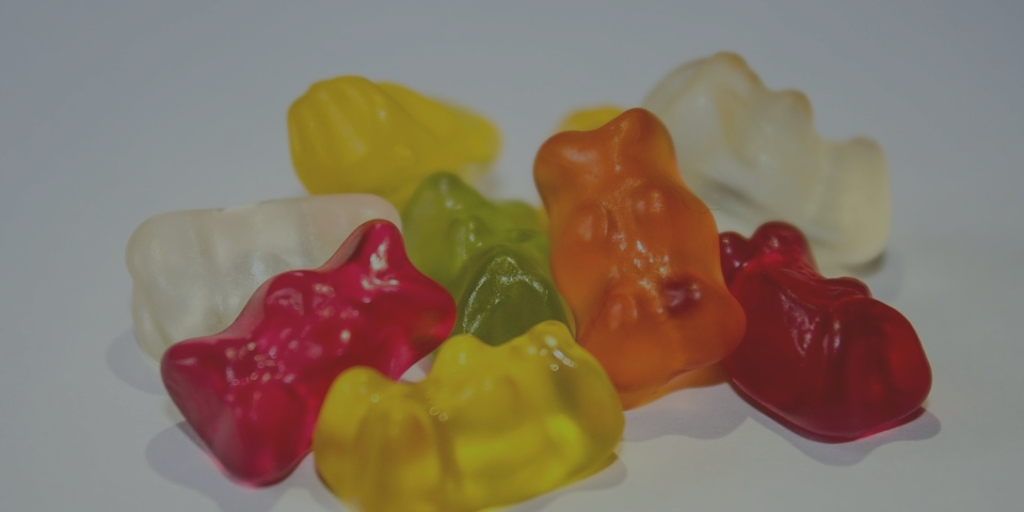By Randy Robinson
Marijuana-infused edibles, one of the wonders of a legal cannabis market. Colorado offers an assortment of incredibly sophisticated and delicious edibles that can knock you on your hind end or send you soaring through cloud-nine.
Whether you’re a tourist or a resident, you may not be aware of what goes inside of an edible. It may sound straightforward, but it really isn’t: there’s three different forms of cannabis extract that can be contained in any given edible.
It helps to know what you’re getting into. Every edible is made with some kind of extract. To understand what you’re ingesting, start off by checking the edible’s label and look under ingredients.
THC-Only Hash
Hydrocarbon hash refers to any cannabis extract made using some kind of hydrocarbon solvent, such as butane or propane. Under ingredients, this may be listed as “butane hash,” “BHO,” “propane hash,” or “PHO.” I know, those volatile compounds may sound nasty, but practically none of the solvent will end up in your edible.
Hydrocarbon hashes tend to be almost entirely THC – the chemical in cannabis that gets us high. Some of these hashes can reach as high as 80 to 90 percent THC, which is a considerable amount when compared to a raw cannabis bud, which usually ranges between just 15-25 percent THC.
Hydrocarbon hashes are mainly found in edibles made for the recreational market (read: tourists and non-medical consumers). Edibles manufacturers like hydrocarbon extractions because they’re easy to work with and measuring their THC content tends to be consistent. However, the filtering and cleaning processes for these extractions lead to a loss of other cannabinoids (such as CBD) or terpenes.
Another similar but separate extraction method is carbon dioxide hash. In that method, carbon dioxide and cannabis get run through a closed-loop system to extract the hash oil.
Whole-Plant Extractions
Whole-plant extractions get their name from the fact that they’re basically essential oils. Just as essential oils from other herbs or flowers are used for healing or fragrances, the same can be said of cannabis oil.
Typically, whole-plant infusions come in two forms: butter (or cooking oil) or “Phoenix Tears.” With butter or cooking oils, it’s pretty straightforward; the cannabis material is heated with the butter, then plant matter is filtered out, and what gets left behind is an infused cooking product. A baked good (or some other edible) gets crafted with this infused oil/butter.
Phoenix Tears are a bit different. This is pure, raw cannabis oil made from an ethanol (alcohol) extraction. The product is a thick, syrupy goo that contains as many terpenes, cannabinoids, flavonoids, and other beneficial compounds as possible.
What’s the Difference?
For a lot of cannabis consumers, there is no real difference. Eating an edible infused with a high-THC hash (such as butane extracted) may feel no different than eating a cookie baked with bud butter.
For those with more refined neurons (and palettes), you may feel a difference between these two types of infusions. High-THC with little to no other terpenes or cannabinoids can cause the jitters, or otherwise lead to an elevated experience that feels energized but frantic (particularly in higher doses).
Whole-plant extractions, on the other hand, tend to retain everything from the plant. The highs generated by whole plant infusions may feel “more well-rounded,” with the edge taken off the THC-effect from all of other plant compounds. If you’re looking to consume edibles for medicinal purposes, it’s probably best to seek out these whole-plant infusions, as they’ll provide more compounds needed to alleviate pain, fight inflammation, etc.
In the end, the only way to know what works best for you is to try it. Just remember to start low, go slow, and medicate responsibly!
